Shan dong Li Young biotechnology co.,Ltd , was founded in Qufu City, a famous historical and cultural city in the world and the hometown of Confucius. Set up in 2010, The company has been deeply engaged in the industry of γ-Polyglutamic acid for 10 years, and has become an international raw material manufactures and supplier .
Polyglutamic acid (γ-PGA), polyglutamic acid, is a water-soluble, biodegradable, non-toxic, biopolymer obtained by microbial fermentation. γ-PGA polyglutamic acid is a sticky substance first discovered in "natto" - fermented beans. γ-PGA polyglutamic acid is a special anionic natural polymer, which is formed by amide linkage between α-amino group (α-amino) and γ-carboxyl group (γ-caboxyl) The molecular weight of homo-polyamide γ-PGA varies from 50,000 to 2 million Daltons.
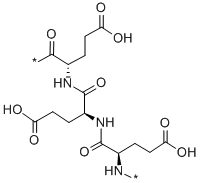
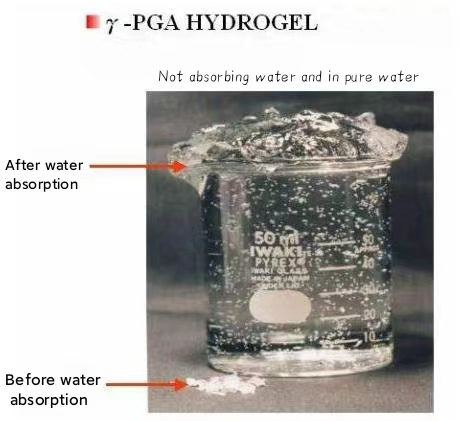
What does this huge molecular weight mean?
It means that we can take advantage of the huge molecular weight variation of polyglutamic acid to customize and research various polyglutamic acid products according to the demand for different fertilizer effects.
For example, if we want to make a base fertilizer for rice in the cold land of Northeast China, we can add polyglutamic acid with a million molecular weight to maintain the fertilizer efficiency for more than four months; if we need to let it intervene in the process of plant growth quickly to achieve the effect of quick-acting and precise fertilizer application, we can use polyglutamic acid with a molecular weight of about 5000-100000 for the development of the relevant products.
This is the polyglutamic acid is different from other fertilizer additives a kind of versatility.
Some studies have shown that polyglutamic acid ecological fertilizer synergist, after adding the synergistic fertilizer utilization can be increased from 30-35% to 40-50%, fertilizer utilization increased by an average of 8%, the average crop yield increase of 10-25%, and the root crop yield increase of 30-60%. (Data from the network)
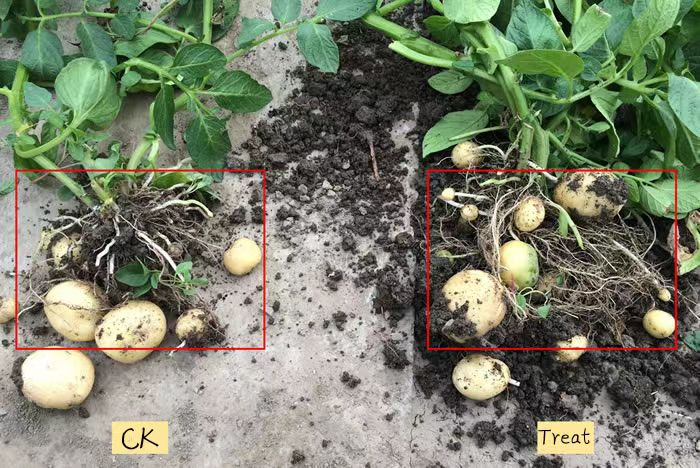
Why is polyglutamic acid so effective?
And what is its mechanism for promoting crop growth?
We simply summarize its mechanism of action into the above three stages.
Macromolecule type stage: A large number of easily decomposable carboxyl and ketone groups on its side chain make its structure similar to a large comb, thus screening chelating soil elements, improving soil conditions, water and fertilizer retention, etc. At the same time, it has α-amino group, which is the most important factor in the development of polyglutamic acid. Meanwhile, its α-amino structure can react with ammonia, thus significantly reducing the volatilization loss of ammonia and improving the utilization rate of nitrogen fertilizer.
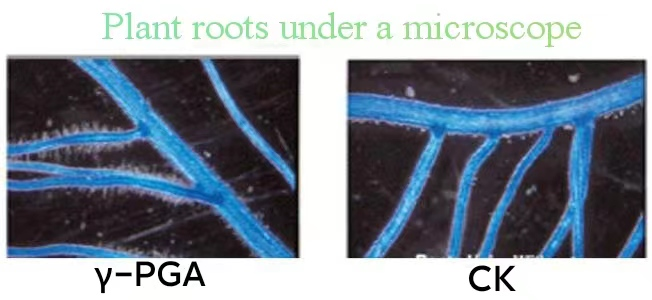
Polypeptide-oligopeptide type stage: when polyglutamic acid macromolecules are naturally decomposed to obtain small molecule peptides with biostimulation and signaling effects, they show a series of growth-promoting, disease-resistant and adversity-resistant abilities. The effect on roots is especially obvious, which can significantly stimulate the growth of root hairs and newborn root system, thus enhancing the nutrient absorption capacity of underground parts of plants.
Monomer amino acid type stage: The glutamic acid monomer obtained from the decomposition of the previous stage can then be directly absorbed and utilized by the crop as an amino acid. The chelating effect of amino acids can also chelate other beneficial elements in the soil for crops to use, and at the same time activate the soil phosphorus, potassium and trace elements, to achieve the effect of improving quality and efficiency.
Application of LiYoung Biote. Polyglutamic Acid (γ-PGA) in Agriculture
1.Super hydrophilicity and water retention ability
Polyglutamic acid molecule contains more than 1000 super hydrophilic groups (-COOH), which can fully retain water in the soil, improve the looseness and porosity of clay soil, and improve the fertilizer and water retention capacity of sandy soil. When it is used in flooded soil, it will form a film on the surface of plant root hairs to protect root hairs, which is the best delivery platform for soil nutrients and water to contact with root hairs, and effectively improves the dissolution, storage, delivery and absorption of fertilizers. Especially in arid and semi-arid areas with water shortage or drip irrigation and water-fertilizer integration, the use of polyglutamic acid can greatly improve the utilization rate of water and fertilizer, keep the water and nutrients effectively distributed around the root system, and more absorbed and used by the plant, reduce the loss of water and fertilizers caused by evaporation and seepage.
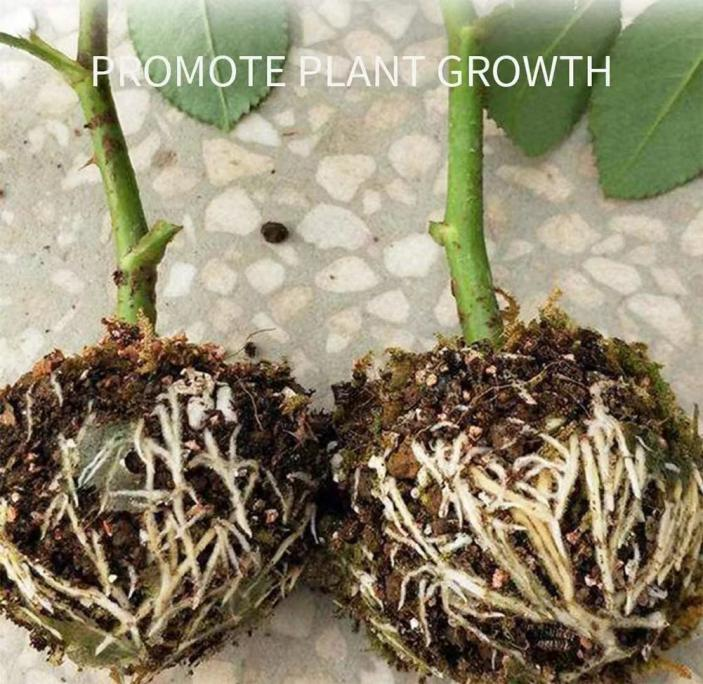 2.promote the absorption of phosphorus fertilizer and trace elements
2.promote the absorption of phosphorus fertilizer and trace elements
Polyglutamic acid has multi-anionic electrical properties, can effectively prevent sulfate, phosphate, oxalate, carbonate and other ions and calcium ions, magnesium ions and trace elements, to avoid the production of low solubility salts and precipitation, so it can promote the absorption and use of trace elements and phosphate fertilizer and other nutrients. In addition, it can also improve the exchange capacity of cations in the soil, temporarily store and adsorb cations, such as calcium ions, magnesium ions and other trace elements such as iron, manganese, copper, zinc and other cations, and then slowly release them into the soil to replenish.
3.Balance the pH value of soil
It has excellent buffering ability for acid and alkali, and can effectively balance the pH value of soil, avoiding acidic soil and soil plating caused by long-term use of chemical fertilizers. Take Jiaodong Peninsula as an example, many apple orchards have soil acidification. After applying about 1 liter of polyglutamic acid fermentation solution per acre, it was observed after some time that polyglutamic acid can obviously improve the pH value of acidic soil by 1-2, improve the diseases such as bitter pox of fruit trees caused by acidification, and at the same time, improve the quality of fruits. In addition, for the salinization caused by seawater backwater and the use of excessive chemical fertilizers caused by secondary acidification also has a very good regulating effect.
4.chelating toxic heavy metals in the soil
For lead, chromium, cadmium, aluminum, arsenic and other heavy metals have excellent chelating effect, which can avoid the crop absorbing too much toxic heavy metals in the soil and alleviate soil poisoning. In recent years, the pollution of heavy metals in the soil in some areas has been gradually aggravated, especially in some non-ferrous metal mining areas, urban sewage and industrial sewage discharge areas for the pollution of farmland is mainly manifested as: heavy metal ions exceeded the standard, and after being absorbed by the plants, the agricultural products produced will contain excessive heavy metal ions, which will be absorbed by the human body and cause serious harm. The use of polyglutamic acid can quickly and efficiently chelate and flocculate heavy metal ions, so that they are not absorbed by the plants, reducing the toxicity of heavy metals, and then improve the quality of crops and produce high-quality and harmless agricultural products.
5.Enhance plant resistance to disease and adversity
Integrate plant nutrients with water-active components in the soil, and increase the ability to resist salt, drought, adversity and fertilizer loss. Polyglutamic acid itself for plant roots has a natural promotion effect, stimulate the newborn of root hairs and root growth, thus enhancing the ability of the underground part of the plant to absorb nutrients, in drought, waterlogging and low temperatures and other adversities to come, effectively ensure that the normal absorption of water and nutrients, buffer drought, flooding, cold and other adversities caused by the damage to the plant root system.
6.reduce the amount of fertilizer to increase production
Polyglutamic acid fermentation liquid is a polymer of glutamic acid, which has the absolute advantage to make biodegradation and produce friendliness to the environment, and it is a highly active and pure natural biological agent product. In addition to its application in cosmetics, food, medicine and other fields, it also plays its special function in agricultural application. It plays a very good role in improving the utilization rate of fertilizers and prolonging the effective period of fertilizers, thus reducing the dosage of fertilizers and increasing the quality and yield, and the economic benefits it generates contribute to the agriculture in an unspeakable way, and it makes a great contribution to the reduction of farmers' costs.





















